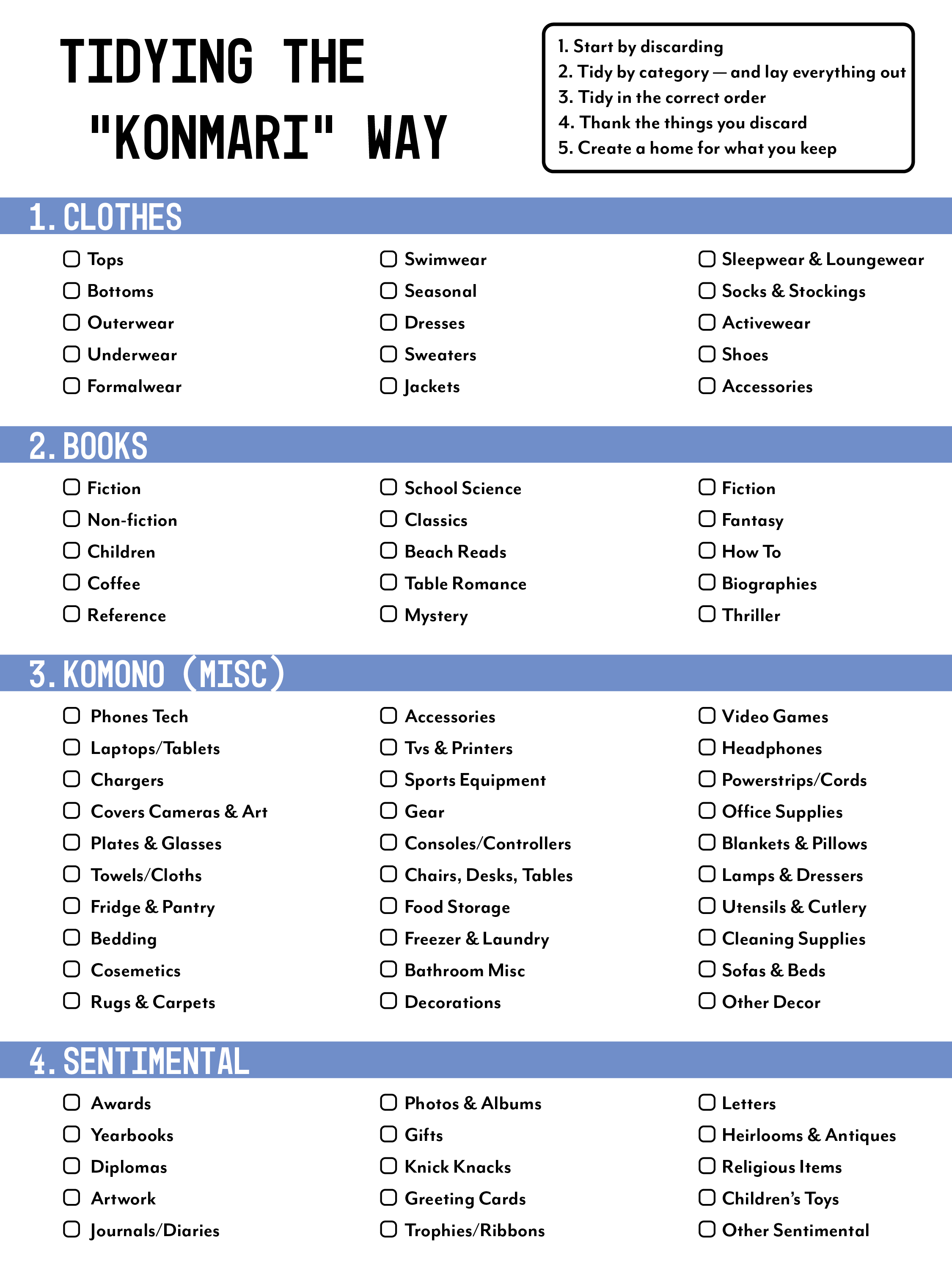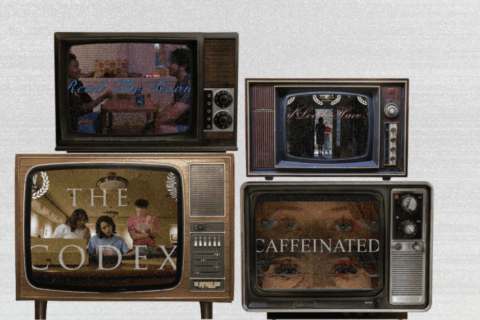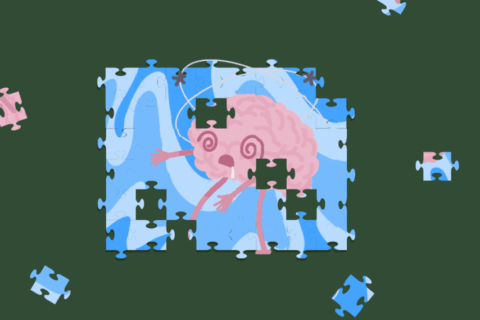In the sphere of wellness and lifestyle, Marie Kondo is a household name. Known for revolutionizing the way we look at organization through her “Konmari” method, Kondo first rose to fame after authoring “The Life-Changing Magic it Tidying Up,” a #1 New York Times best-seller. Kondo now has her own Netflix original called “Tidying Up with Marie Kondo,” which premiered on New Year’s Day. So in honor of the new year, let’s take a look at what this method entails, and why it’s such a hit.
When I had my first encounter with Marie Kondo via a YouTube algorithm suggestion about two years ago, it was love at first sight. There was this undeniably endearing charm Kondo and her approach to getting organized that made it feel less like a chore, and more like a philosophical approach to life and the material possessions that occupy our lives. The magic of her approach wasn’t rooted in tidying, but rather regarding the “stuff” we have in an entirely new way.
After the launching of her Netflix series at the beginning of this year, Kondo has been met with a lot of criticism. Some finding her approach dogmatic and intense, but I can’t help but disagree. Kondo isn’t judgmental about how you go about tidying up, the process is very much a personal one. Kondo isn’t telling you to get rid of all your books after reading them once either, like some tweets might otherwise make you believe.
There has also been some criticism over her Netflix series not capturing the true essence of her magic in the way that her best-selling novel “The Life-Changing Magic of Tidying Up” does. I have yet to watch the series, but I do own the book and have read through it. Here is what I have taken away from it, hoping to shed light on anything the series might not have been able to accurately convey.
The premise of KonMari is simple: only keep things that spark joy.
In my pursuit of living a more minimalistic life, but also taking great joy in my “things” and seeing them as more than just unnecessary clutter, I found her approach a breath of fresh air. Her approach to minimalism wasn’t about adopting a monochromatic palette with sparse decor, but rather looking at each individual item you own, and asking yourself how it makes you feel. It isn’t so much about eliminating items as much as it is about confirming how you feel about the items you possess.
Kondo believes that when items in your possession go unused, they are stripped of their dignity, and that it is best to let these items go. That things are more than things, that they carry their own spirit and energy, and can affect your energy too. Things are literally baggage, and ridding yourself of them does wonders for your emotional baggage.
For some, letting these things go can be therapeutic. The first step in letting go of an old life is getting your physical things in order, and soon the rest of your life will follow.
But Kondo said focusing on the things you are keeping as opposed to discarding is what is most important. Don’t focus on what you’re leaving behind, focus on the future you are creating for yourself.
Some of her method includes unusual steps — like thanking the items for the ways they have served you before letting them go. Kondo explains that doing so shifts your approach to gratitude, and it prevents you from trying to hold on.
Looking at your possessions should spark a sense of thrill. Every object should have its own home, and be happiest when it is there. Don’t think of it as organizing, think of it as carefully choosing the things you surround yourself with.
On that note, here is a checklist to help you declutter using the KonMari Method:

Graphic by Julie Araica





Recent Comments